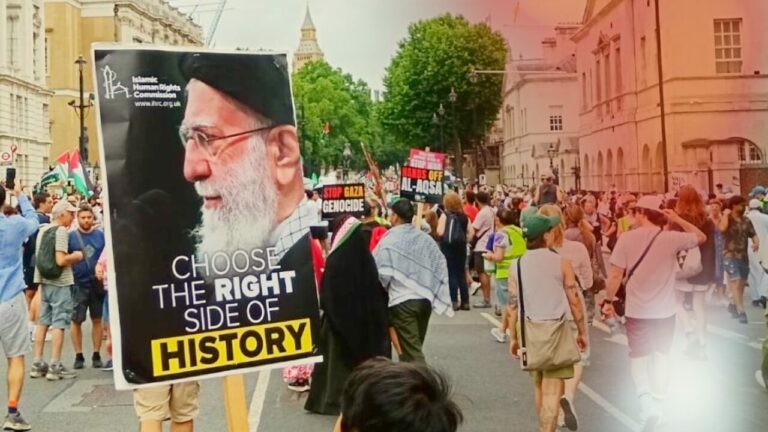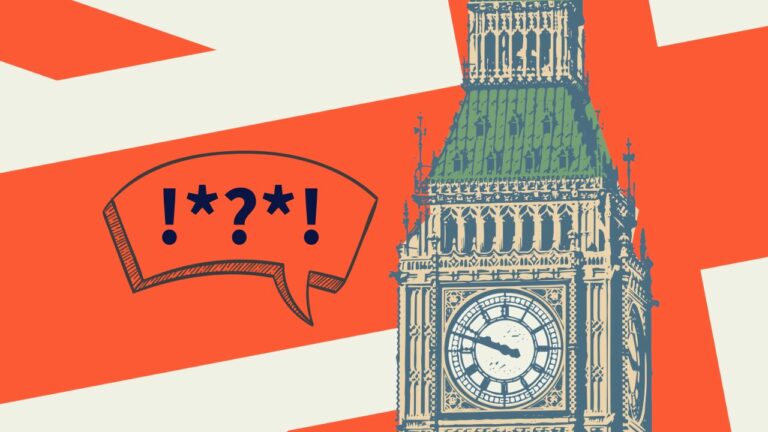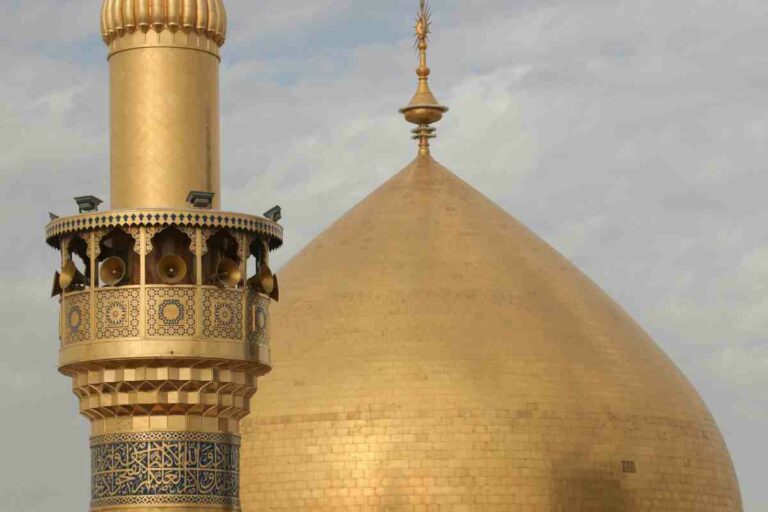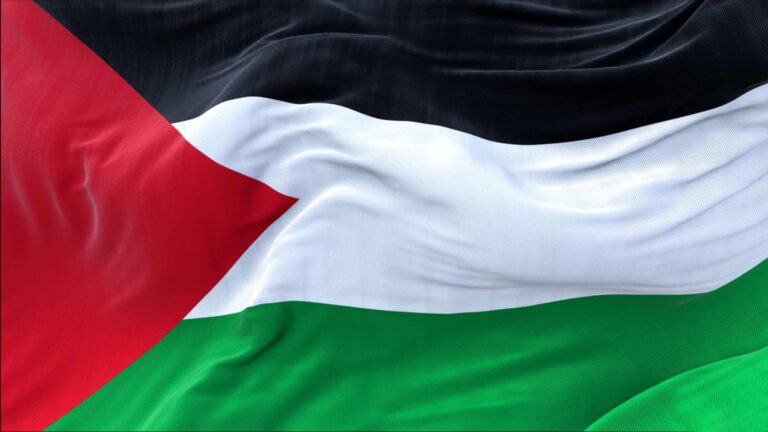Indentured labour
On June 5th, 1868 Baharoen Madoera entered the kingdom of the Netherlands as the first Indian indentured labourer. He came from the Caribbean island of Barbados to Suriname, a former colony of the Netherlands in South America.
Five years after the abolition of slavery in the Dutch kingdom the Dutch planters tried to recruit indentured labourers in the Caribbean to replace the slaves. Among them were some Indians from the British colonies in the Caribbean.
The efforts to recruit large numbers of workers from the Caribbean failed. The Dutch planters turned to India where they set up a system of recruitment that brought 34.304 labourers to Suriname in the period 1873-1916. The first ship – the Lalla Rookh – arrived on June 5th, 1873. The first person who disembarked from this ship was Boojhawon Gija with his wife Chooramun Bhoodeea.
This day is remembered as Immigration day. It is an official holiday in Suriname and a day of remembrance and celebration in the Surinamese-Indian community in Holland.
Migration to Holland
One third of the immigrant population returned to India after serving their contract. The original community of more than 20.000 immigrants evolved in community of 250.000 people in 2008: 140.000 persons in Suriname – that gained its independence in 1975 – and 110.000 in Holland.
The migration from Indians from Suriname to Holland began in the fifties and reached its peak just before the independence of Suriname. Initially Indian students from Suriname came to Holland to study at the universities with the purpose of returning to Suriname after finishing their studies.
At the end of the sixties due to worsening social, economic and political conditions in Suriname a mass migration took off that led to the migration of 150.000 Surinamese in a short period of time. Among them were many Surinamese Indians.
Apart from the 110.000 Indians from Suriname there are about 15.000 Indians who came directly from India to the Netherlands as high skilled workers.
Although there are occasionally contacts between key figures from the two communities they tend to exist side by side.
The Surinamese Indians are part of the Surinamese population of 340.000. Other ethnic groups in the Surinamese communities are African-Surinamese, Javanese-Surinamese, Chinese-Surinamese etc.
The Surinamese community in Holland is part of a total population of 1.7 million immigrants from non-Western countries in Holland. Other large groups are the Turks (365.000), the Moroccans (323.000) and the Antilleans (123.000).
The Surinamese Indian communities are scattered all over The Netherlands. The largest concentration is the City of The Hague (45.000). Other big cities such as Amsterdam, Rotterdam and Utrecht have communities ranging from 8.000-20.000 persons.
But most of the 500 municipalities of Holland have some members of the Surinamese Indian communities living in their boundaries.
Social and economic position
The Surinamese Indians are descendents of people who came as peasants and factory workers in the colonial period. In 135 years they have evolved to a community with a large variety of occupations in Suriname and in Holland: although there are still factory workers and peasants, most Indians have moved to positions where they are doctors, engineers, managers and highly educated individuals.
Together with the Turks and Chinese in the Netherlands they are spearheading the group of entrepreneurs that starts a business every year.
Nonetheless unemployment among immigrants – Surinamese Indians included – is three times higher than among the Dutch.
Religion
The Suriname Indian community consists for 76% of Hindus, 20% of Muslims and 4% Christians. Very early on Surinamese Indians were involved in setting up Hindu temples and mosques.
The first Hindu temple (mandir) was established in The Hague. The largest Hindu temple is situated in Wijchen, a small municipality in the south of Holland.
There are about 50 mandirs in Holland. Most of them have been set up by Surinamese Indians.
The first mosque that involved Surinamese Indians was founded in the fifties in The Hague and catered to the needs of not only Surinamese but other Asian immigrants in Holland (especially Indonesia, Pakistan and India). The largest Surinamese mosque is also established in The Hague. There are 30 Surinamese mosques, which is a small percentage of the 500 mosques in Holland.
The small group of Christian Indians participates in the Dutch churches or has set up special services for the Surinamese Christians.
The Dutch educational system allows religious groups to open and maintain schools on a religious basis apart from the public secular schools. The majority of these schools are Christian schools. There is a small number of Jewish, Hindu and Muslim schools in the Netherlands. The Hindu schools (around 5) are exclusively run and populated by Surinamese Indians. The Muslim schools (around 45) are run and populated by Muslims from different communities. There are a few that have a concentration of Indian Muslims.
There are a few shops in the big cities that sell religious artifacts from India.
Culture
The presence of Indian culture in the Netherlands is very much kept alive by the Surinamese Indians.
Dance
One of the first manifestations of Indian culture that began very early on during the immigration process in Holland is the Indian classical dances like Bharat Natyam and Kathak. Several dance schools have arisen in different municipalities in Holland. Interestingly one of the first dance schools was established by a Dutch lady Mrs. Ans Steenhuis (artist name Damayanti) in The Hague. She had learned the dance from teachers from India, and wrote an (unpublished) manuscript in Dutch as a guide to Indian classical dances.
Cinema
With the rise of the Indian film industry and its popular dances there are more dance schools offering courses in ‘Bollywood dances’ and performing these dances at public events.
The Indian cinema is promoted in Holland in different ways.
Surinamese Indians have set up video centres in different cities where DVDs and videos with Indian films are available for rent. They buy their products in India and sell or rent them in Holland.
The Dutch cable companies offer paid access to Indian TV channels that broadcast films among other programmes.
The internet is a popular source for downloading movies.
Some Dutch theatres in the big cities also program Indian movies as part of their service to specific audiences.
Occasionally the Dutch public broadcasting service airs films from the Indian cinema.
In 2000 the Surinamese Indian community started the annual Indian film festival in The Hague where the latest movies are shown in a program that continues for several weeks and also contains discussion concerning the Indian cinema.
In 2005 Amsterdam hosted the international IIFA-event for the Awards of the International Indian Film Academy.
The Indian cinema is also popular among the Turkish and Moroccan immigrants in Holland. In their homeland the Indian cinema is major source of entertainment. Their get their DVDs and videos from video centres in their own communities and the shops of the Surinamese Indians.
Feasts and festivals
Surinamese Indians organize the celebrations of the popular Indian feasts such a Holi and Divali.
Holi is an annual festival of colours that is organized in the spring. Although the weather is still chilly thousands of young Indians assemble in public squares in Holland to sprinkle each other with coloured water and powder while music is playing and dances are performed as their grandparents and parents used to do in India and Suriname.
Divali, the festival of lights, is observed in the autumn in private homes where candles are lit in small earthen cups. The lights signify the victory of good over evil.
The Surinamese Indian community also organizes a public march where torches are carried and hymns are sung.
Since 1985 the Surinamese have been organizing the annual Milan festival in The Hague at the Zuiderpark. This festival is originally set up as a public encounter of the different ethnic groups in Suriname: the Africans who celebrated the abolition of slavery on July 1st, the Indians who commemorate their immigration day on June 5th and the Javanese who commemorate their immigration day on August 8th. Milan is a three day festival which is held in the last weekend of July.
It is the largest gathering of Indians in Holland: 70.000 people, mostly Indians, attend this festival.
The concept of Milan – a meeting in a public park with stalls of food, clothing, music, culture and educational stands – has been duplicated in other cities in Holland.
Music
There is a long and great tradition of Indian music and musicians in the Surinamese community. There are many music bands playing traditional Indian folk music, modern Bollywood songs and Caribbean Creole music such as salsa and merengue. Many Indian musicians are playing music created by other musicians at public and private feasts (marriages, birthday parties etc).
There is a small but growing number of Indian musicians who create their own music. Some are based on the Surinamese-Indian language – Sarnami – and others are influenced by popular western music such as soul, rhythm and blues and hip hop.
Surinamese event organizers regularly invite famous artists from India to perform in the Netherlands.
Media
The Surinamese Indian community has developed an extensive media network that is growing rapidly.
The national public network airs a weekly program on the Indian community in Holland on television and radio.
There are many private initiatives on the local television and radio of Indians producing programmes that target their community.
There are several printed magazines geared towards the Indian community.
Internet has become a fast growing space for many websites in Dutch devoted to Hinduism, Buddhism and Indian religions in general. There are dating sites for Indians in Holland. Many organizations have set up communities for Indians in Holland.
After 135 years the Kingdom of The Netherlands is harbouring a complete new world of Indian culture in its bosom that has been created by Surinamese Indians, but is not often getting the attention it deserves.
Sandew Hira Chief editor of the Global Atlas of the Indian Diaspora






